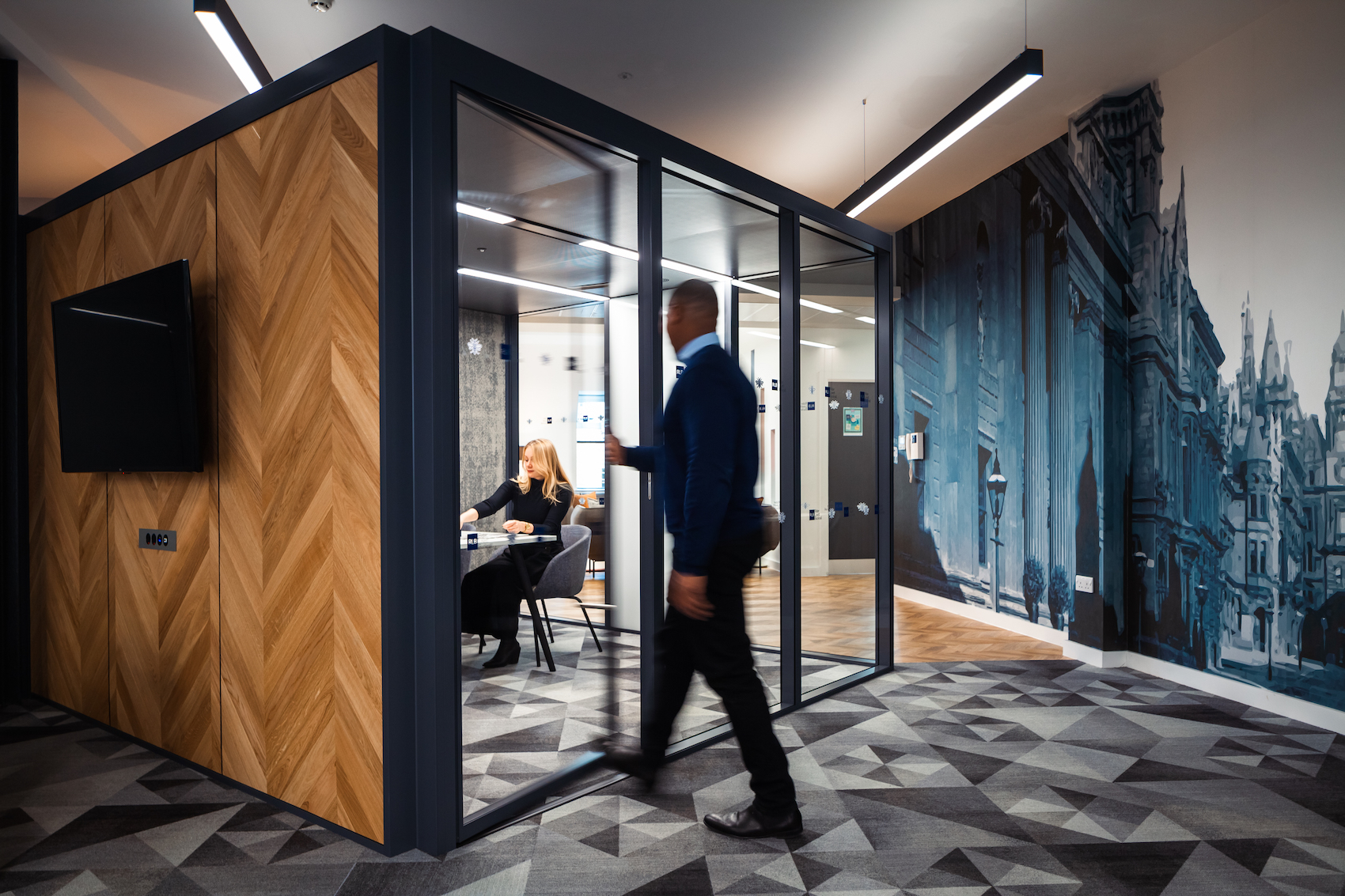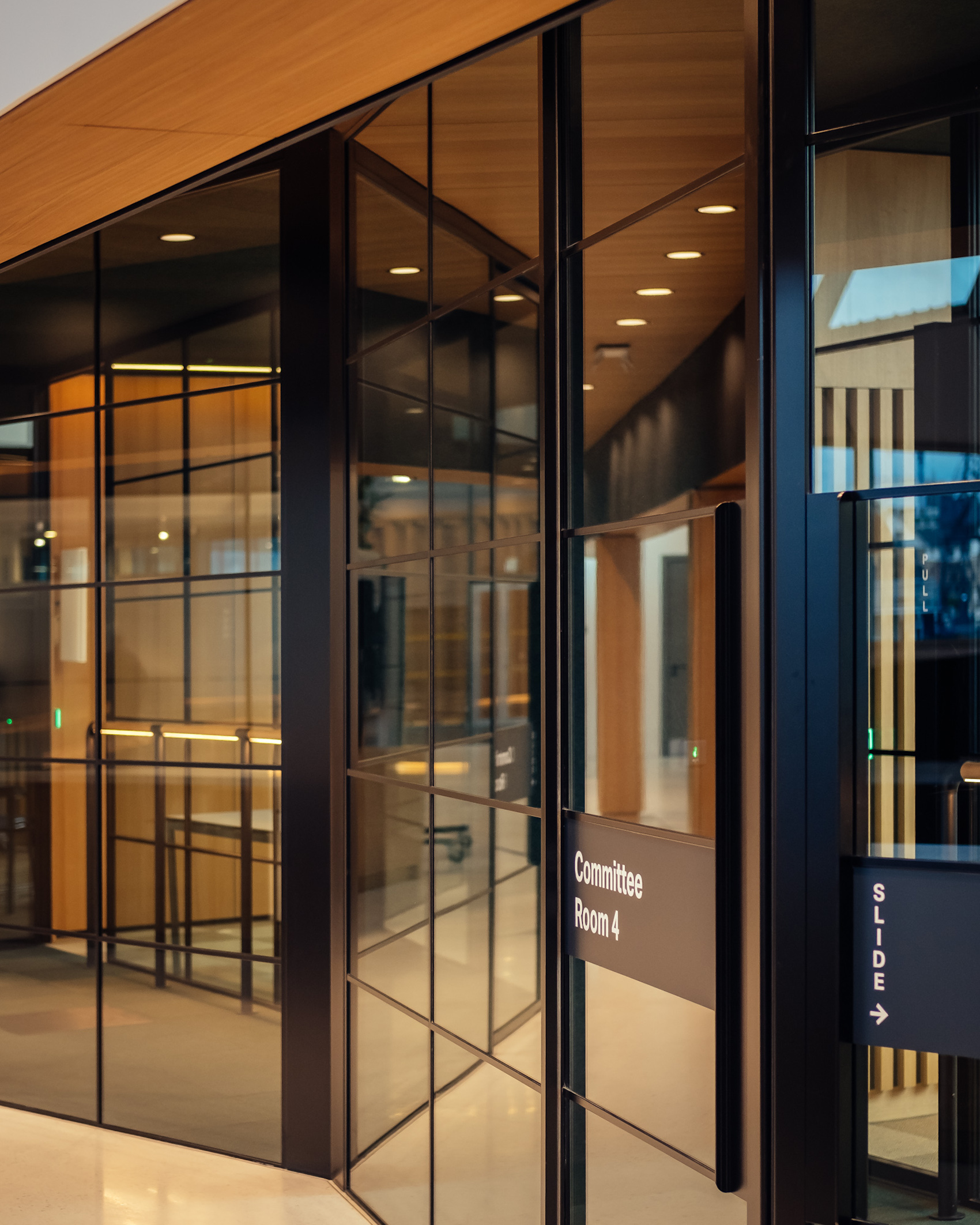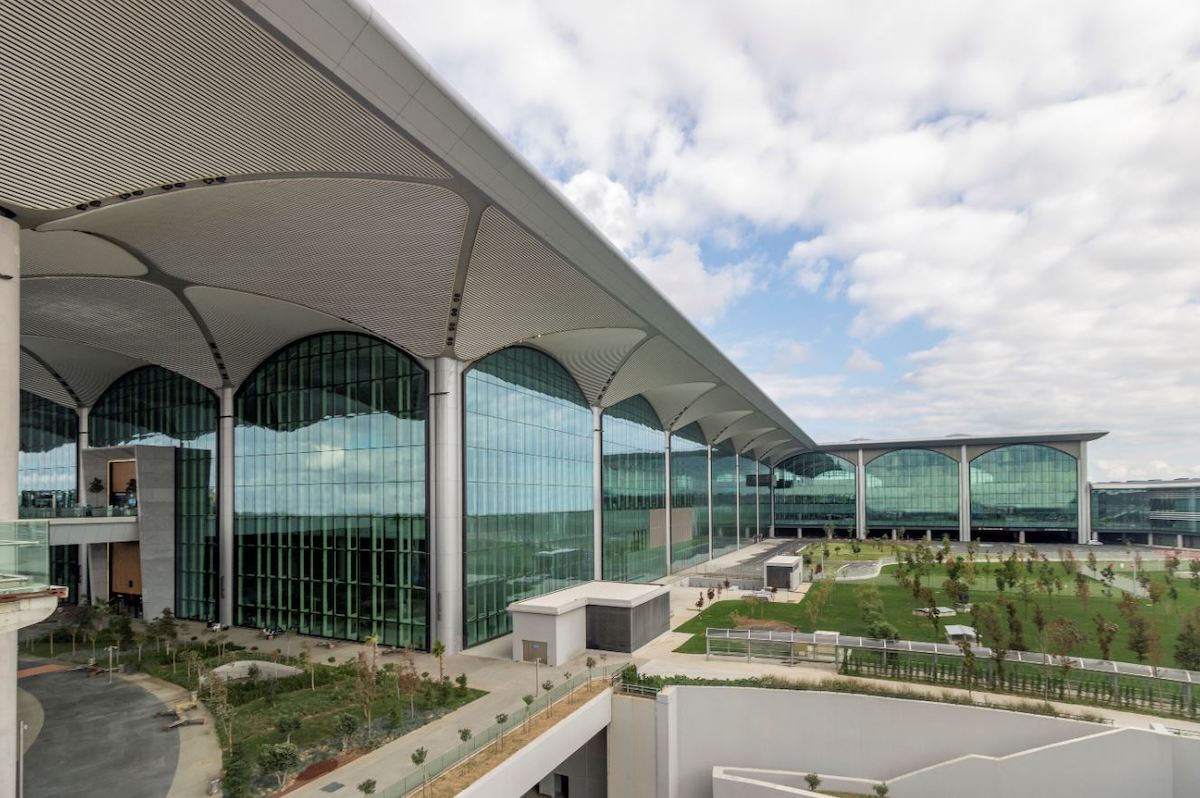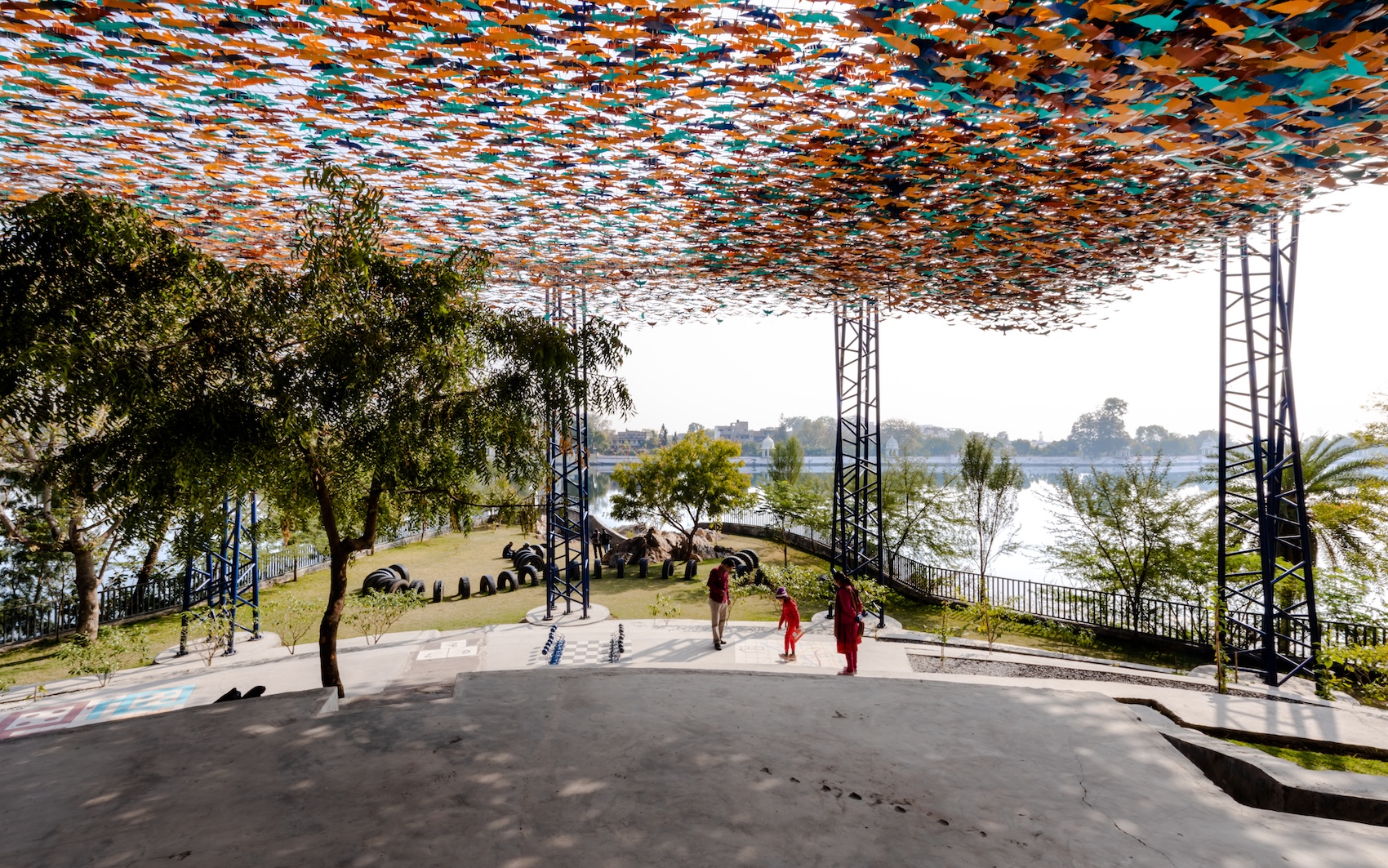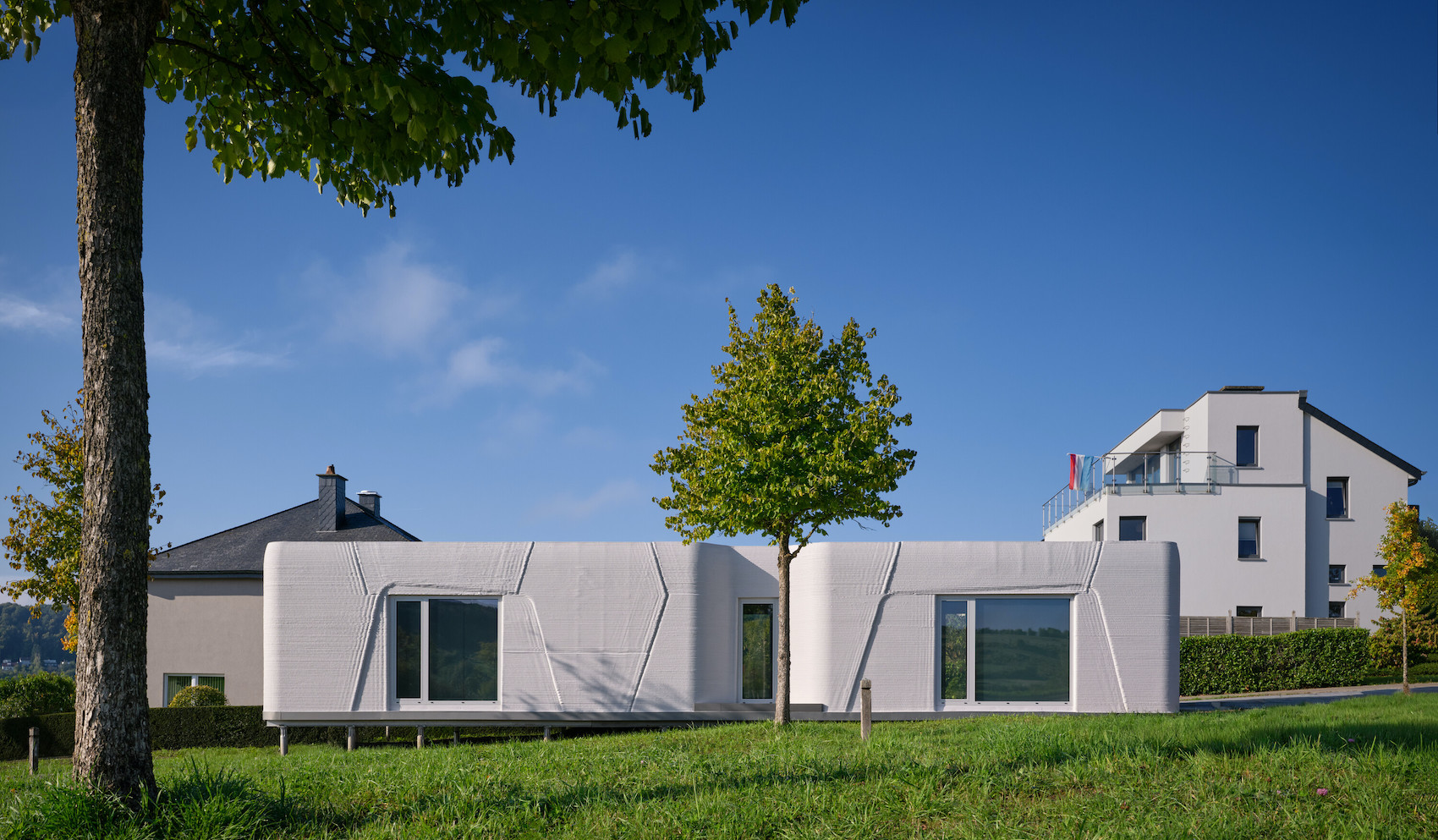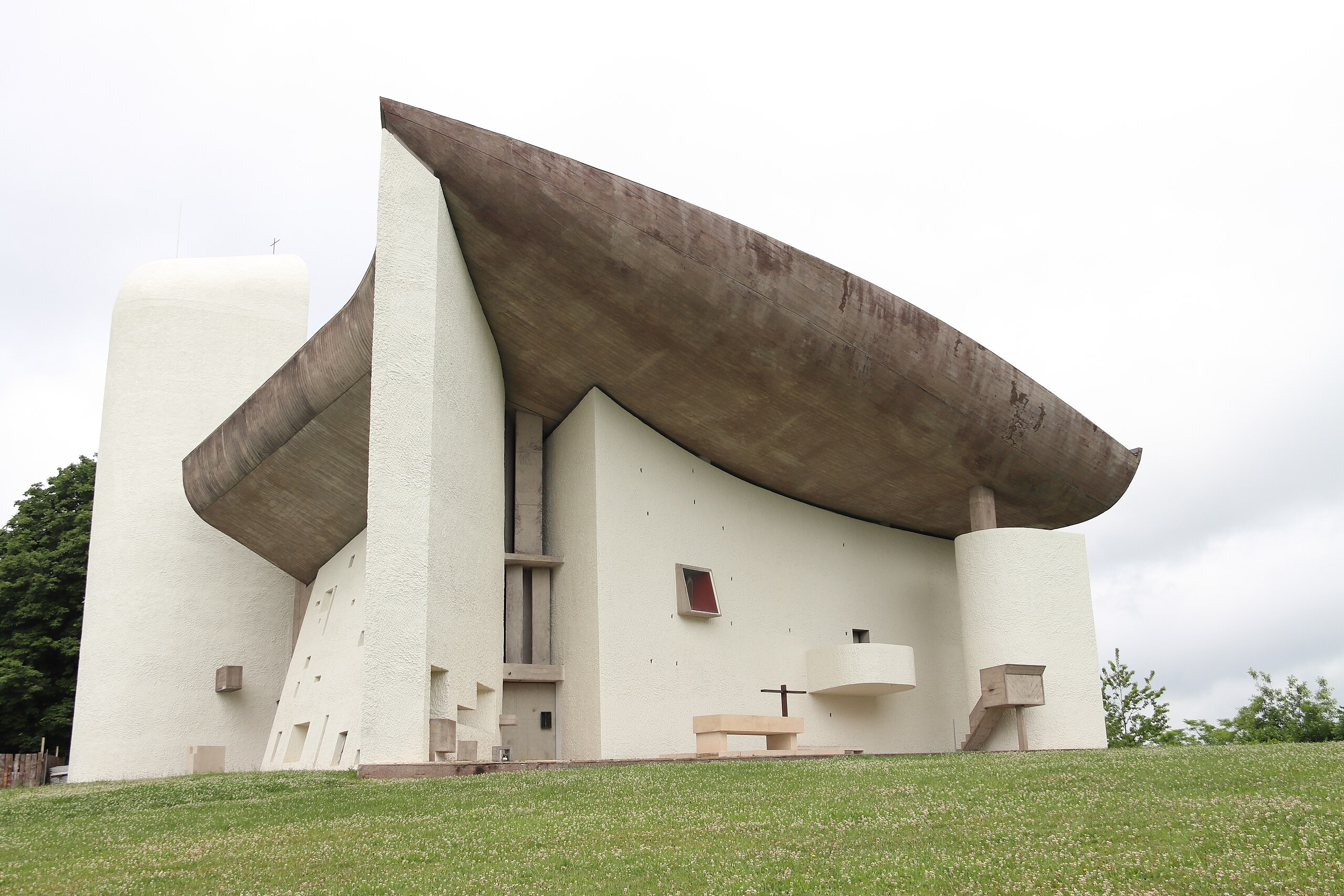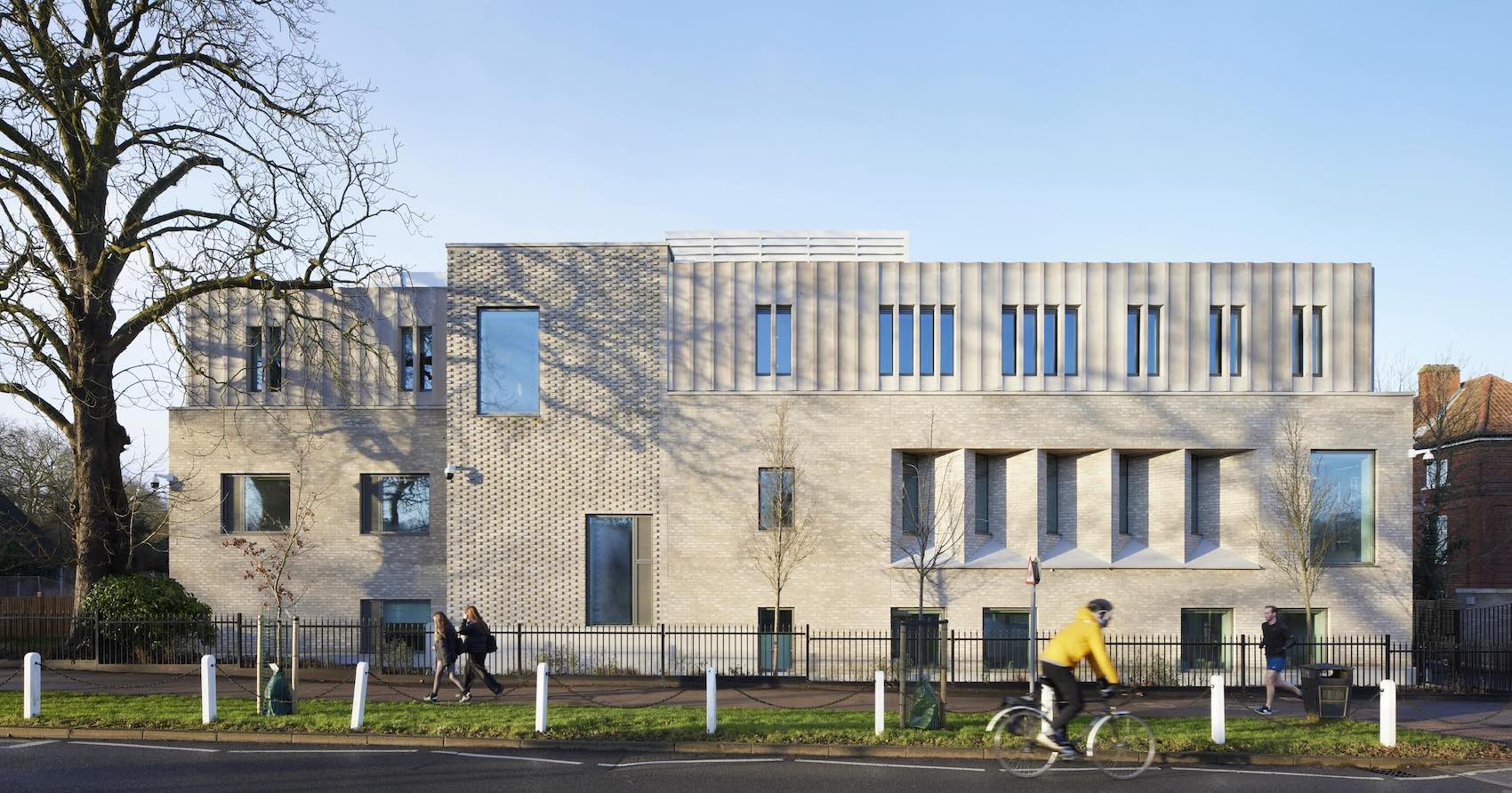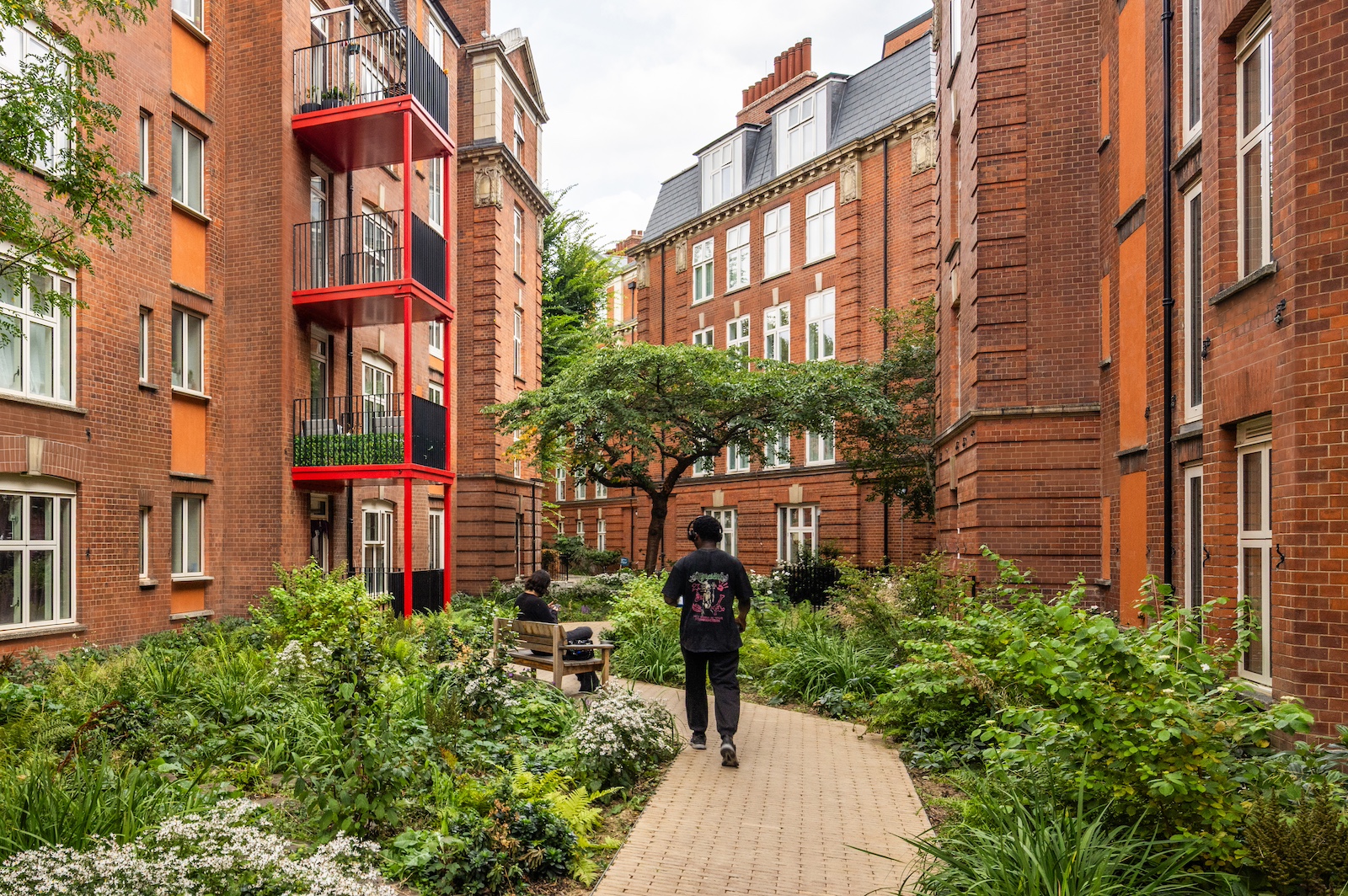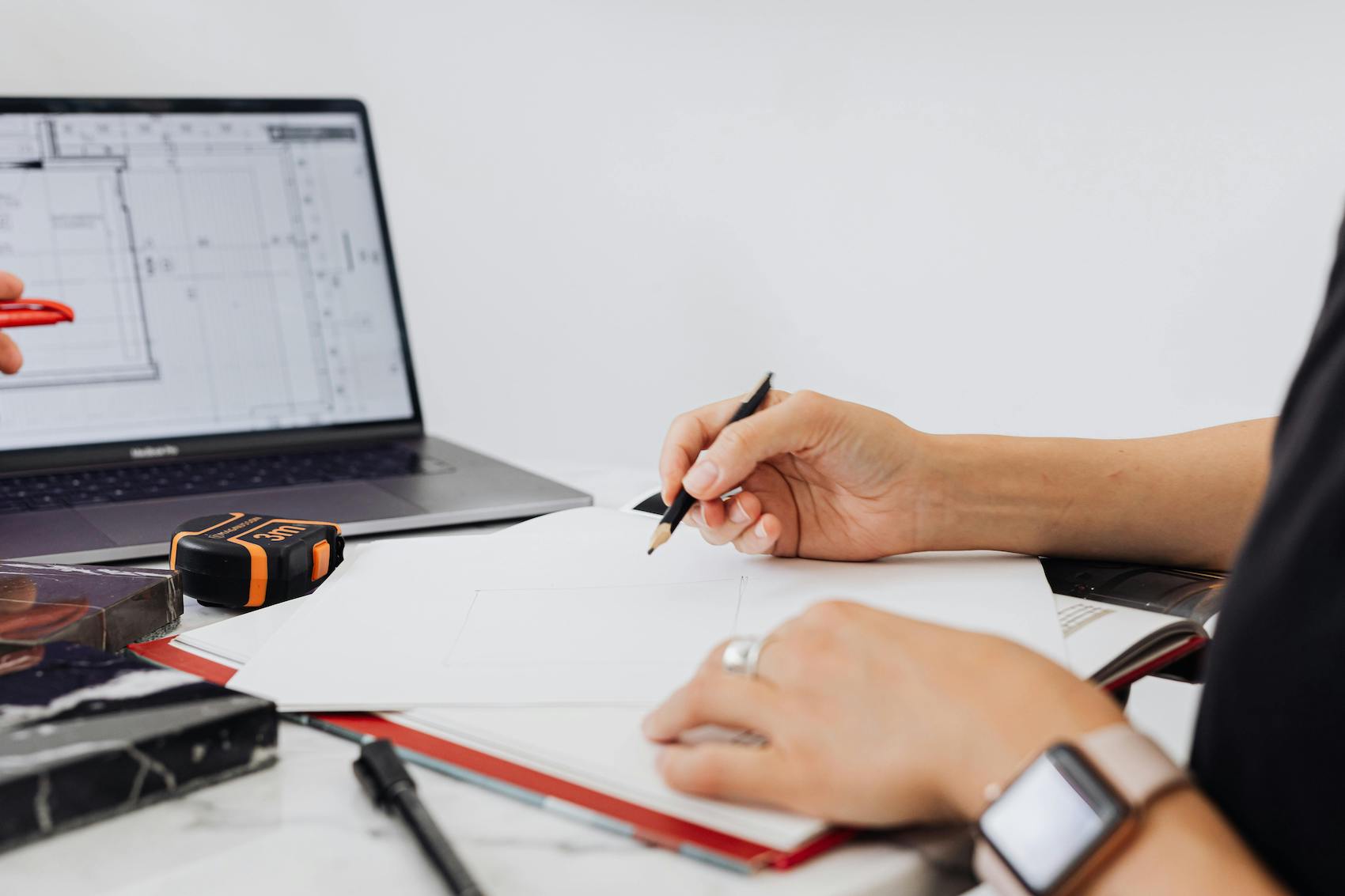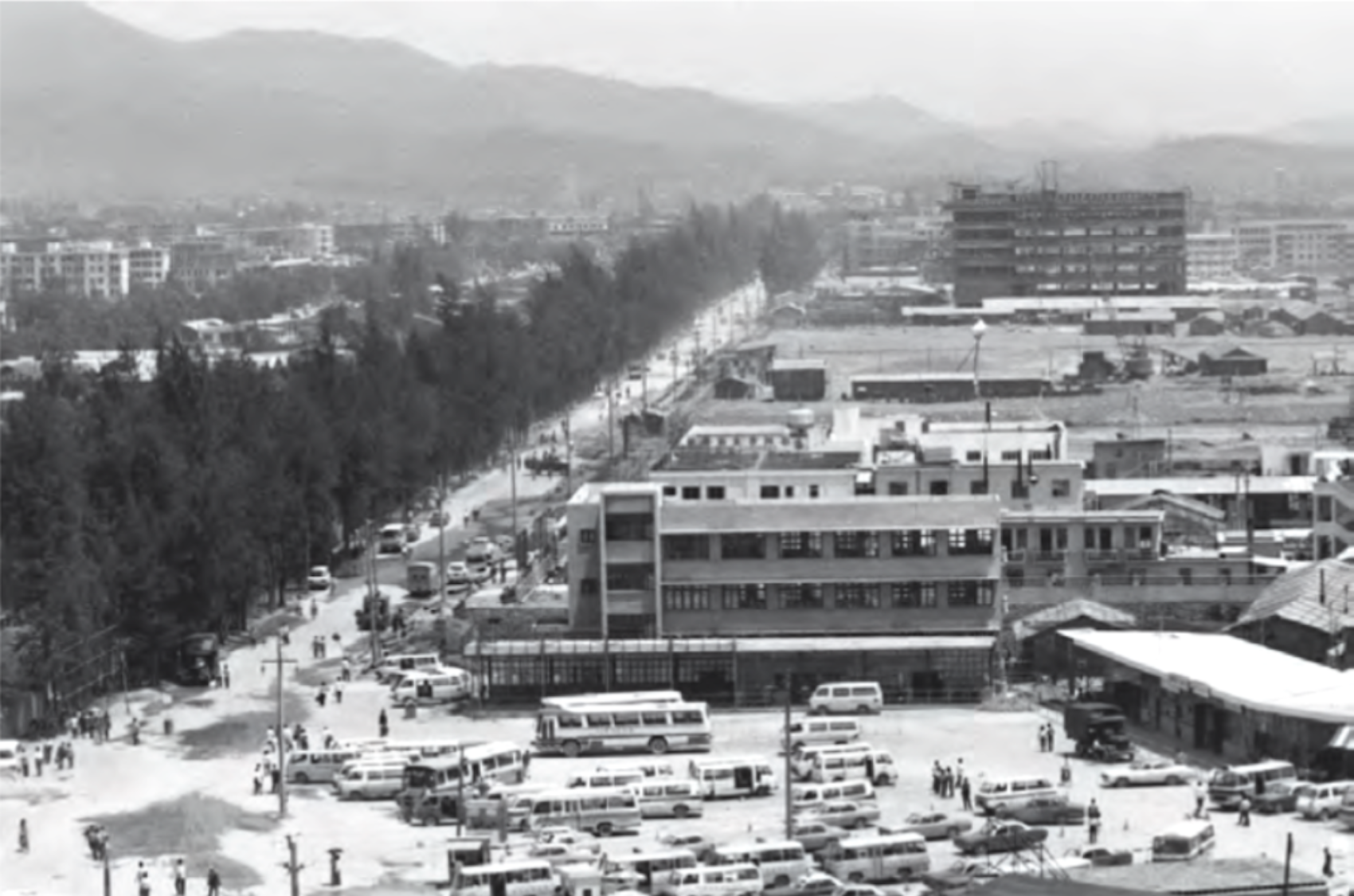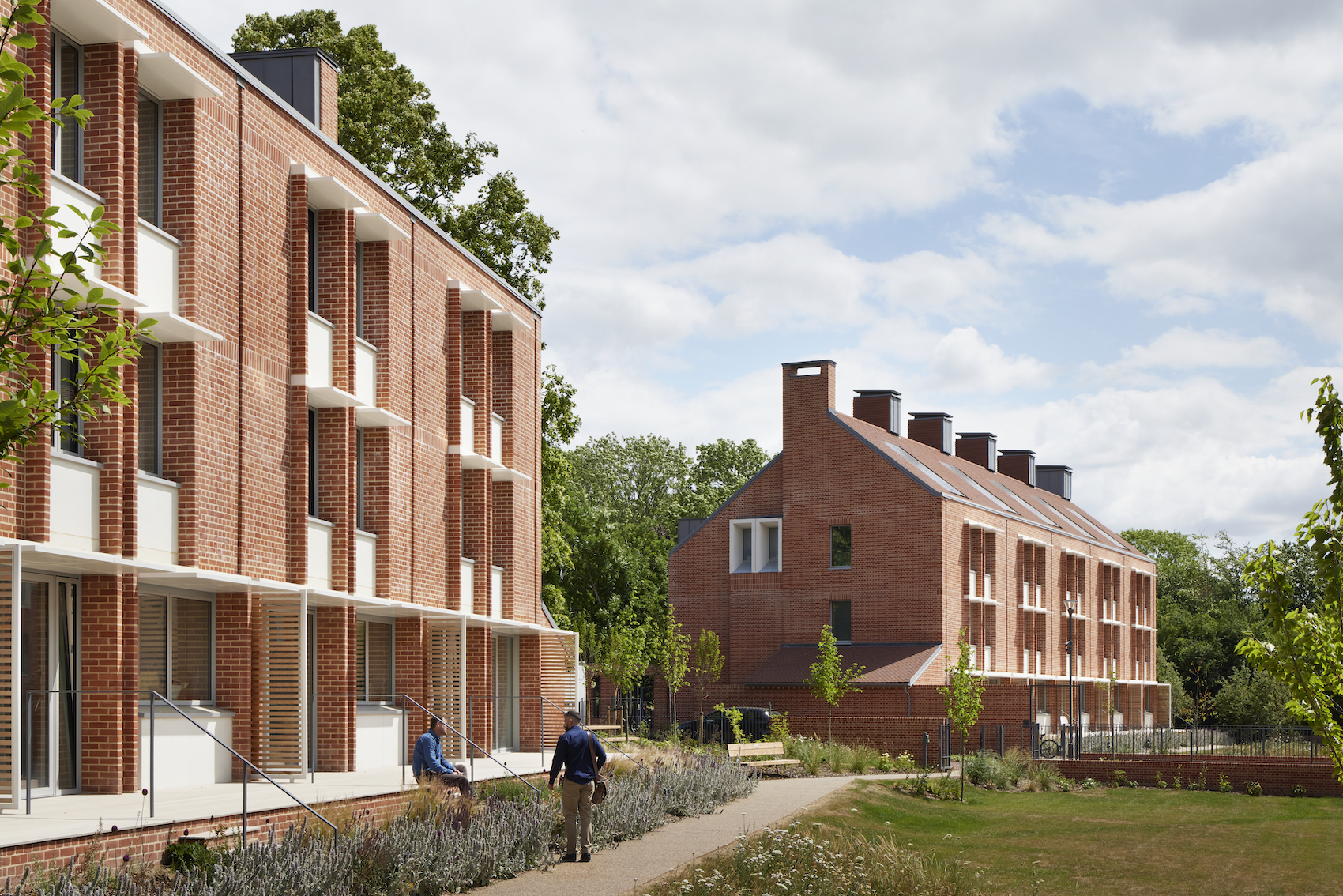Optima Systems highlights practical steps for the reuse of office partitions.
In association with![]()
Optima Systems’ Adaptable Meeting Room (AMR) can be demounted and reused (photo: Matthew Nichol).
Reuse has moved centre stage, joining the shift towards a circular future. Demountable partitions and doors provide an interior solution, as they can be relocated, extending their lifespan and keeping them in circulation for longer. As space planning needs evolve, Optima Systems’ solutions can be demounted and moved, or even stored. If different modes of work need to be accommodated, Optima’s Revolution 54 and Revolution 100 partitioning systems can adapt to single- or double-glazed panels, depending on the level of acoustic comfort and privacy required.
Reconfiguration is also an option. Optima’s Adaptable Meeting Room (AMR) and Revolution 100 partitioning system are engineered to be interchangeable, as they both use a 100mm frame.
Joined up thinking for direct reuse
Direct reuse keeps almost all the carbon investment intact, while recycling recovers only a fraction. When partitions designed to last more than 20 years are recycled after only a few years, most of their embodied carbon benefits are reduced significantly. For example a system could have an embodied carbon footprint of about 51kg CO2e per square metre when made. Recycling only offsets around 1.5 kg CO2e, while reuse saves at least 40kg CO2e per square metre compared with recycling.
The industry’s fragmented approach to sustainability and minimising waste needs rethinking. A way forward is to share best practice via trade bodies and industry initiatives. Optima is an active member of the Alliance for Sustainable Building Products (ASBP) and contributed to The Reuse of Glass Partitioning Systems guidance, as well as an industry-wide webinar forming part of the ASBP’s Reuse Now campaign.
Acoustic glass partitioning and flexible glazing from Optima Systems was specified for London’s new City Hall (photo: Jim Stephenson).
The circular decisions shaping aesthetics
Material reuse remains a key constituent of circular thinking. Aluminium is relatively easy to recut and refurbish. Optima Systems exclusively uses Hydro CIRCAL 75R for its aluminium framing – a low-carbon aluminium with under 1.9Kg CO2e, made with a minimum of 75 per cent post-consumer scrap.
Glass presents more complex challenges. The architectural preference for full-height partitions and floor-to-ceiling doors limits reuse, especially when ceiling heights vary. Shorter panels could be repurposed, but this typically requires transoms or breaks in the glass line, which are often rejected from an aesthetic perspective.
Performance glass cannot be recut, so reuse is only possible in spaces with near identical dimensions, and the glass must be stored in very specific conditions – carefully spaced with controlled humidity and temperature, and not stacked. In most cases it is cheaper to order new glass than retain and reuse existing panels.
The AMR is one example of how Optima addressed these challenges. A modular ‘space within a space’ designed for adaptability, acoustic comfort and long-term reusability, tenants can take their AMRs with them when they move.
Meeting circular aesthetics and mitigating environmental impact are challenges Optima Systems face and embrace, while working closely with architects, contractors, developers, and the supply chain.
Contact Details
For more information, please visit the Optima website.


